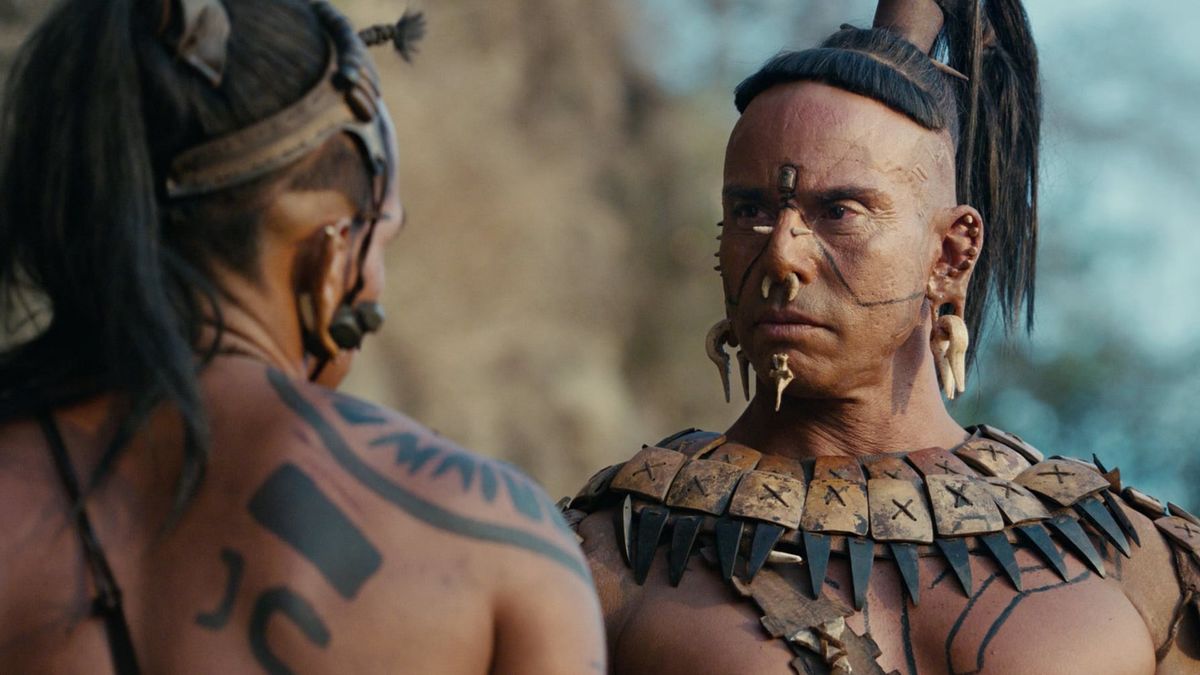Apocalypto (2006): A Cinematic Descent into a Lost Civilization
Mel Gibson’s Apocalypto, released in 2006, is a visceral, unflinching journey into the final days of the Maya civilization. Set during the twilight of the ancient Mesoamerican world, the film follows a young tribesman named Jaguar Paw whose idyllic life is shattered when his village is attacked by warriors from a more powerful, urbanized Maya city. What follows is a gripping tale of survival, cultural collapse, and personal resilience, captured with raw intensity and stunning visuals.
The narrative begins in the dense jungles of Central America, where Jaguar Paw lives peacefully with his tribe. Their existence, grounded in nature and tradition, is abruptly upended by a brutal raid. Men are captured for sacrifice, women are left behind or taken, and children are abandoned. Jaguar Paw hides his pregnant wife and young son in a pit, promising to return. He is then taken on a harrowing journey to the heart of a collapsing civilization—one that thrives on conquest, forced labor, and religious rituals steeped in blood.

What sets Apocalypto apart is its immersive authenticity. Gibson made the bold choice to shoot the entire film in Yucatec Maya, the ancient language of the Maya people, adding an unprecedented layer of realism. The cast, composed mostly of indigenous actors or people of indigenous descent, brings a level of physical and emotional truth rarely seen in historical epics. The makeup, costumes, and set designs are meticulously crafted to reflect the era, plunging viewers into a world that feels both alien and eerily familiar.
Violence plays a central role in Apocalypto, but it’s never gratuitous. Rather, it reflects the brutality of a world in crisis—where rituals of sacrifice are used to appease gods and justify political control, and where nature itself becomes a battlefield. Jaguar Paw’s journey, especially in the film’s second half, transforms into a pulse-pounding chase as he escapes his captors and fights to return to his family. The jungle becomes both his ally and his enemy, a lush yet lethal arena in which every step could mean death.

Beyond its intense action and historical intrigue, Apocalypto functions as a commentary on the decline of civilizations. Gibson subtly draws parallels between the Maya's collapse and the modern world, hinting that overconsumption, inequality, and environmental disregard can doom even the most advanced societies. This theme becomes even more poignant with the arrival of Spanish ships in the final scene, signaling a new era of conquest and cultural upheaval.
Technically, the film is a triumph. Dean Semler’s cinematography captures both the beauty and menace of the jungle, while James Horner’s haunting score underscores the emotional and spiritual gravity of the story. The film’s pacing is relentless, its editing razor-sharp, and its storytelling nearly wordless in parts, relying on primal emotion and physical action to carry the narrative.

Apocalypto is not just a historical drama—it is a survival epic, a cultural excavation, and a cinematic spectacle. Bold, brutal, and brilliantly executed, it stands as one of the most daring films of the 21st century, offering a haunting look at a world that once was, and a warning for the one that still is.



